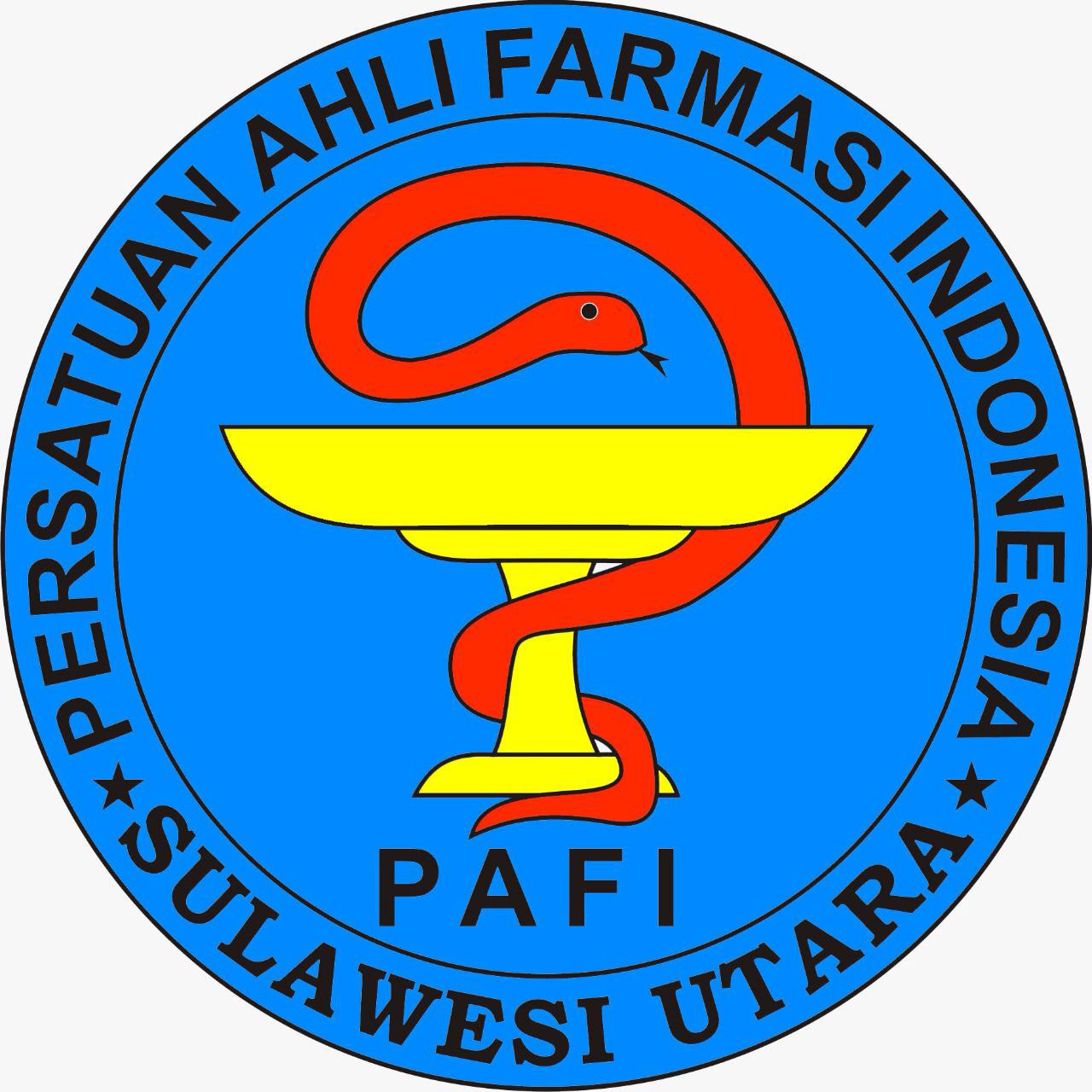UJI FITOKIMIA, ANTIOKSIDAN, DAN TOKSISITAS DARI EKSTRAK DAUN KENTANG (Solanum tuberosum) DENGAN METODE 1.1-diphenyl-2-picrylhydrazyl (DPPH) dan Brine Shrimp Lethality Test (BSLT)
Abstract
UJI FITOKIMIA, ANTIOKSIDAN, DAN TOKSISITAS DARI EKSTRAK DAUN KENTANG (Solanum tuberosum) DENGAN METODE 1.1-diphenyl-2-picrylhydrazyl (DPPH) dan Brine Shrimp Lethality Test (BSLT)
Steven A. Pamolango1), Widdi Bodhi1), A. C. Wullur1)
1)Program Studi Farmasi FMIPA UNSRAT Manado, 95116
ABSTRACT
Potatoes (Solanum tuberosum) is only used for it’s tuber, otherwise it’s leaves and the other parts just be a waste, whereas the potato plants in previous research is having potential use as antioxidants that contain high anthocyanin, makes potatos have strong antioxidants activity, so the other parts of potatoes which is the leaves also potentially have similar content. This research aims to determine the potential of the leaves of potato based on it’s phytochemical content, the ability of antioxidant activity, and toxicity, so that later the leaves of potato is not only to be a waste but can be processed and used. Result of this research showed that ethanol extract of the potatoes leaves contains flavonoids and tanins which potentially as an antioxidant, despite it’s low value of Concetration Inhibition 50 (IC50) was 266,69 µg/mL based on tested by the method of 1.1-diphenyl-2-picrylhydrazyl (DPPH), potatoes leaves have a high toxicity values, the value of Lethality Concentration 50 (LC50) was 44,46 µg/mL tested using Brine Shrimp Lethality Test (BSLT) methods.
Keywords : Potatoes leaves, Phytochemical, Antioxidant, Toxicity, DPPH, BSLT, IC50, LC50.
ABSTRAK
Pengolahan kentang (Solanum tuberosum) terbatas pada umbinya saja, bagian lainnya seperti daun hanya menjadi limbah, padahal tanaman kentang merupakan tanaman yang memiliki potensi sebagai bahan antioksidan dengan kandungan antosianin yang tinggi yang membuat kentang mempunyai aktivitas antioksidan kuat pada penelitian sebelumnya, sehingga bagian dari tanaman kentang lainnya yakni bagian daun juga berpotensi memiliki kandungan serupa. Penelitian ini bertujuan untuk mengetahui potensi dari daun kentang berdasarkan kandungan fitokimia, kemampuan aktivitas antioksidan, dan toksisitasnya, agar nantinya daun kentang tidak hanya menjadi limbah melainkan dapat diolah dan dimanfaatkan. Hasil penelitian ini menunjukkan bahwa ekstrak etanol daun kentang memiliki kandungan flavonoid dan tanin yang berpotensi sebagai antioksidan walaupun hanya memiliki nilai Inhibisi Concetration 50 (IC50) yang rendah yakni, 266,69 µg/mL berdasarkan pengujian dengan metode 1.1-diphenyl-2-picrylhydrazyl (DPPH), daun kentang mempunyai nilai toksisitas yang tinggi, yakni nilai Lethality Concetration 50 (LC50) sebesar 44,46 µg/mL yang dilakukan dengan metode pengujian Brine Shrimp Lethality Test (BSLT).
Kata kunci : Daun Kentang, Fitokimia, Antioksidan, Toksisitas, DPPH, BSLT, IC50, LC50.
Full Text:
PDFDOI: https://doi.org/10.35799/pha.5.2016.12940
Refbacks
- There are currently no refbacks.
Copyright (c)
 | Publisher : |  | Cooperation With : |

This work is licensed under a Creative Commons Attribution-NonCommercial 4.0 International License.








